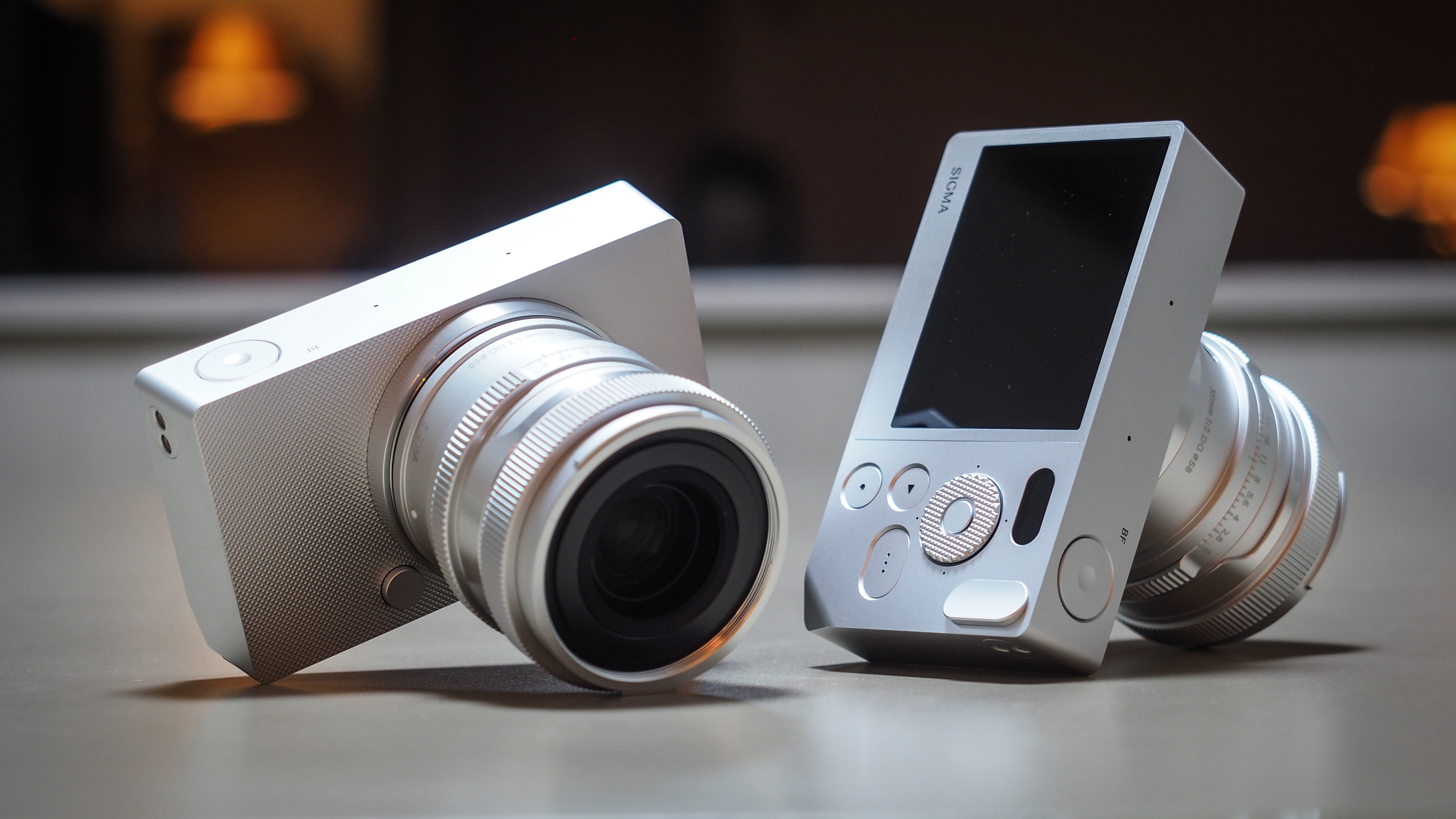Canon R6 vs R6 Mark II: original EOS R6 or the new EOS R6 II?
Little more than two years after its launch, the Canon EOS R6 has been replaced with the Mark II. How do they compare?
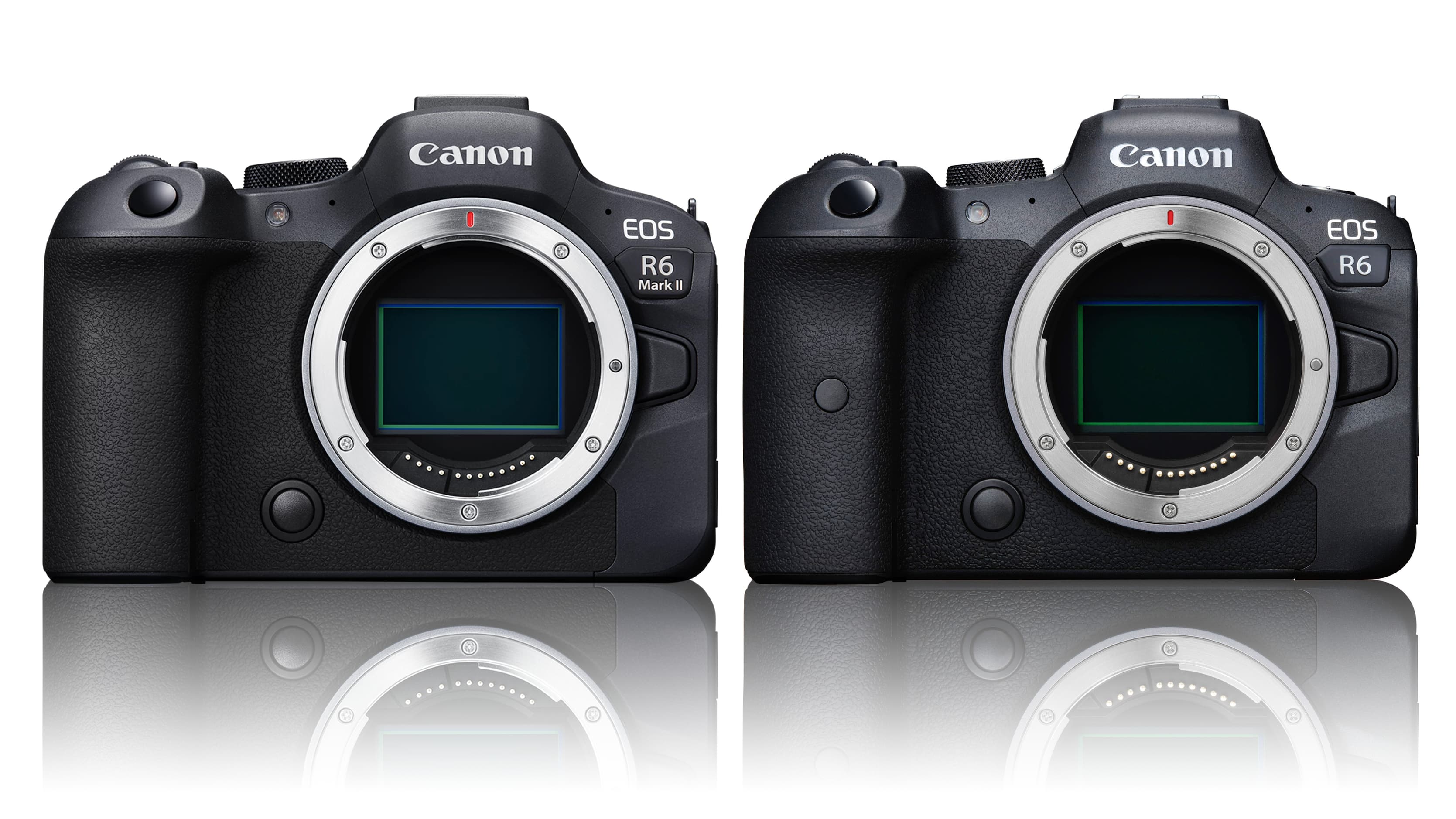
Canon’s EOS R line-up was looking pretty settled The EOS R might have been a bit of a false start, but the EOS RP has stayed on as a decent entry level model with the EOS R6 as the speed specialist and the EOS R5 for resolution – and the EOS R3 at the top of the tree.
You would consider all of these amongst the best Canon cameras to buy, not to mention the best mirrorless cameras all round.
But the EOS R6 was always a bit of an odd fish. Its 20MP sensor was always going to compare badly to its 24MP rivals, and the R6 was not cheap either.
So now, a little more than two years after the launch of the R6, comes a new Mark II version. The Canon EOS R6 Mark II has more megapixels, faster shooting and better video features – but is that enough to tempt existing R6 users into upgrading, or leave them frustrated that they didn’t wait?
Perhaps not – but the new specs are likely to make the EOS R6 II a much more compelling camera for hybrid stills/video photographers looking for its particular brand of speed and versatility but without taking a drop in resolution.
So let’s take a look at the key differences between the Canon EOS R6 II and the EOS R6 to see what Canon has done and the difference it’s likely to make.
Canon R6 vs R6 Mark II
Why you can trust Digital Camera World
1. Sensor
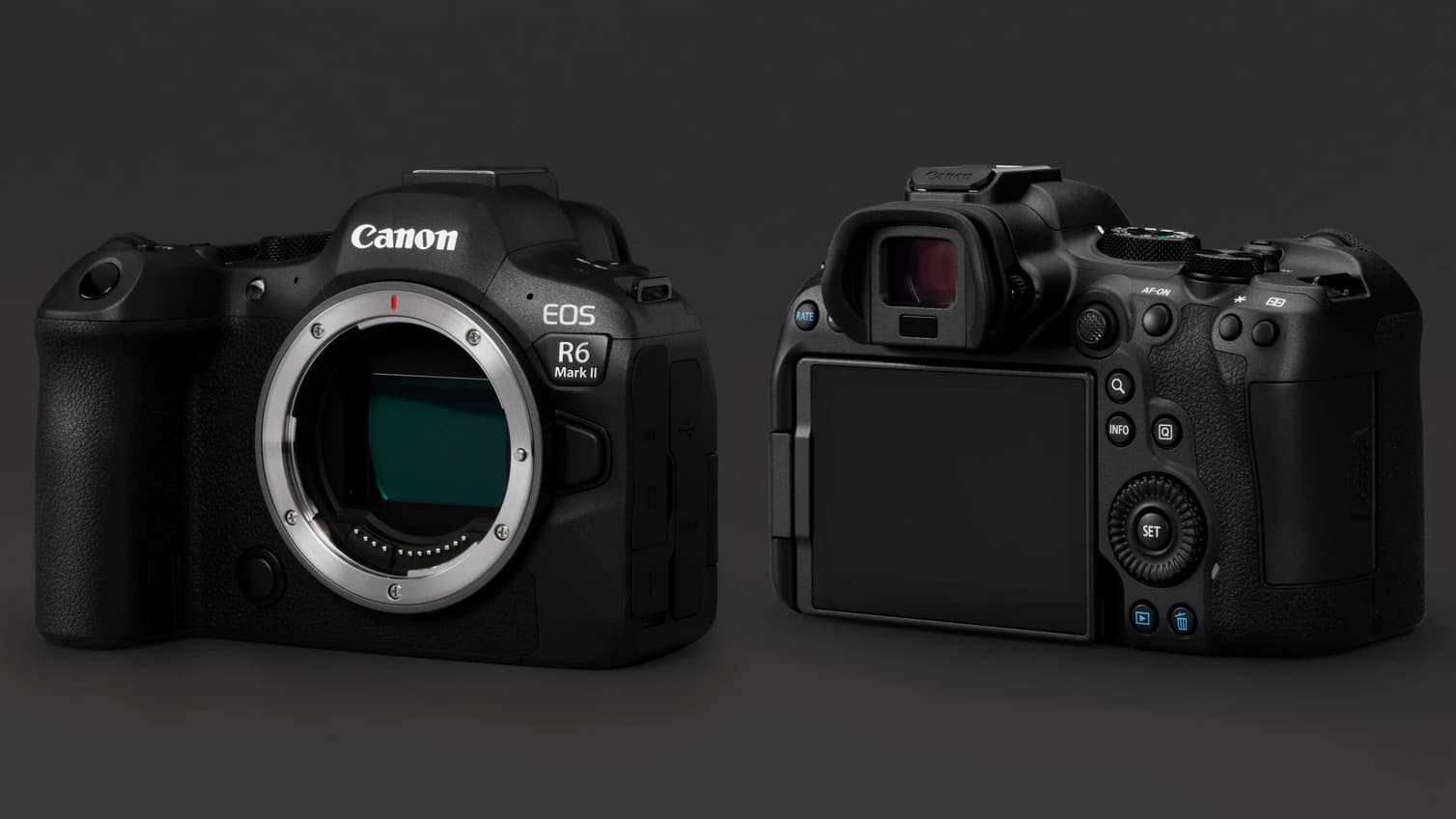
• Canon EOS R6 II: 24.1 full frame CMOS, up to ISO 102,400
• Canon EOS R6: 20.1 full frame CMOS, up to ISO 102,400
So the key difference here is the increase in resolution from 20MP to 24MP. That’s a difference of just 4MP, which we wouldn’t normally take too seriously on its own. But here it’s a real watershed figure. The 24MP resolution of the R6 II is the same as that of its key rivals, whereas the old EOS R6 seemed oddly lacking. It’s not enough to upgrade for, but it’s enough to tip the balance more in Canon’s favor against the Nikon Z6 II, Lumix S1 or Sony A7 IV.
2. Continuous shooting
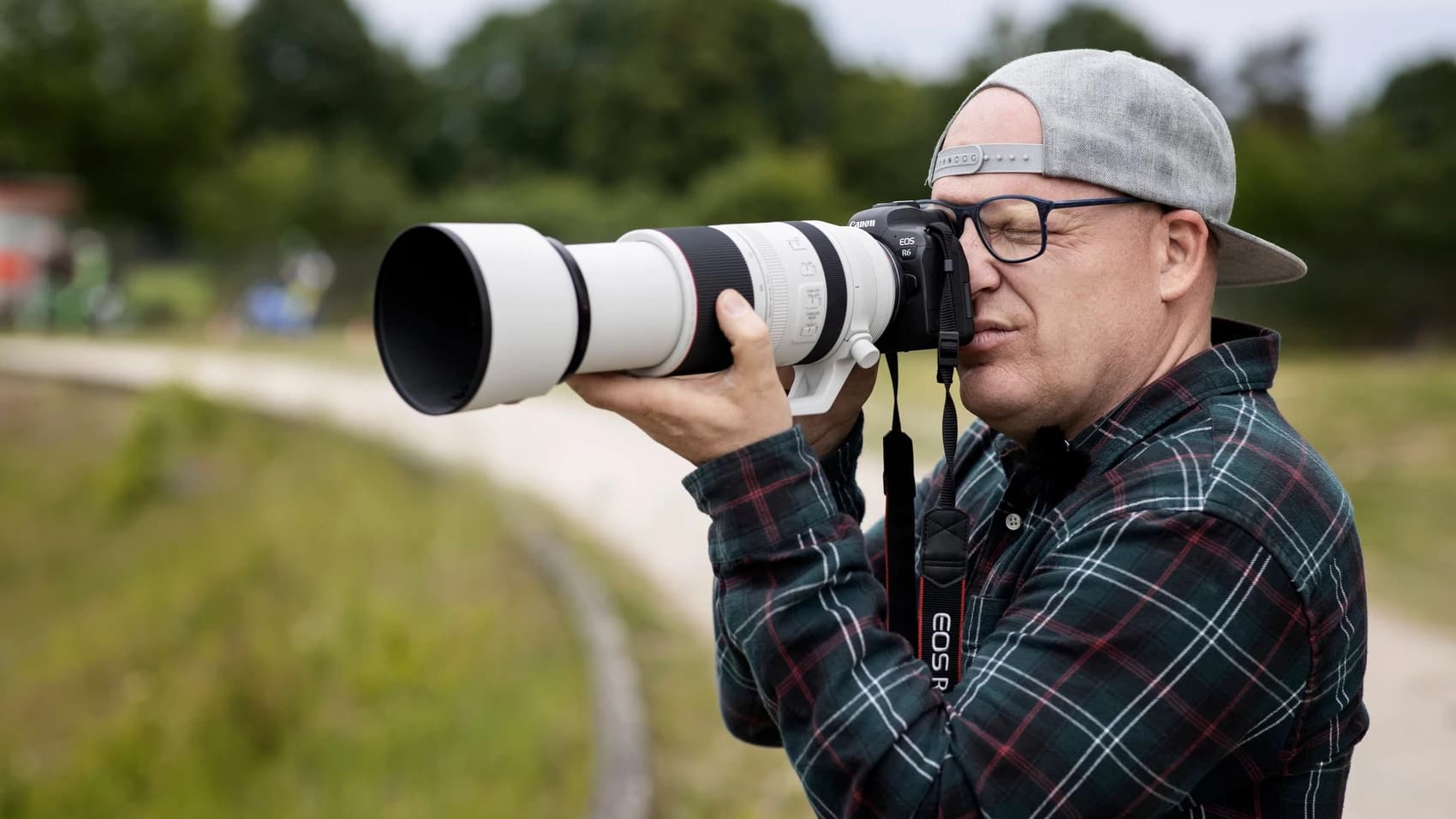
• Canon EOS R6 II: 40fps electronic, 12fps mechanical
• Canon EOS R6: 20fps electronic, 12fps mechanical
The EOS R6 II brings a massive step up in continuous shooting speed. The original EOS R6 was no slouch, topping out at 20fps with its electronic shutter and 12fps with the mechanical shutter, but the R6 II doubles the electronic shutter frame rate to 40fps (the mechanical shutter speed stays at 12fps).
Now electronic shutter frame rates may sound fast, but the electronic ‘scan time’ of the sensor is much longer so you can get rolling shutter effects that make fast-moving subject look skewed. This makes electronic shutters less effective for action than they might sound. But Canon says the R6 II has reduced rolling shutter compared to the R6, so it doesn’t just do faster bursts, it should produce less subject distortion too.
The R6 II is quite an action specialist. It also has a RAW Burst Mode which can capture raw images at 30fps for up to 191 images, storing them all in a single CR3 file. You can extract single images in-camera or later in Canon’s Digital Photo Professional software. Better still, this mode has a 0.5sec pre-shooting buffer than runs continuously until you press the release full, and stores half a second of action from before you pressed.
3. Canon R6 vs R6 Mark II: Autofocus
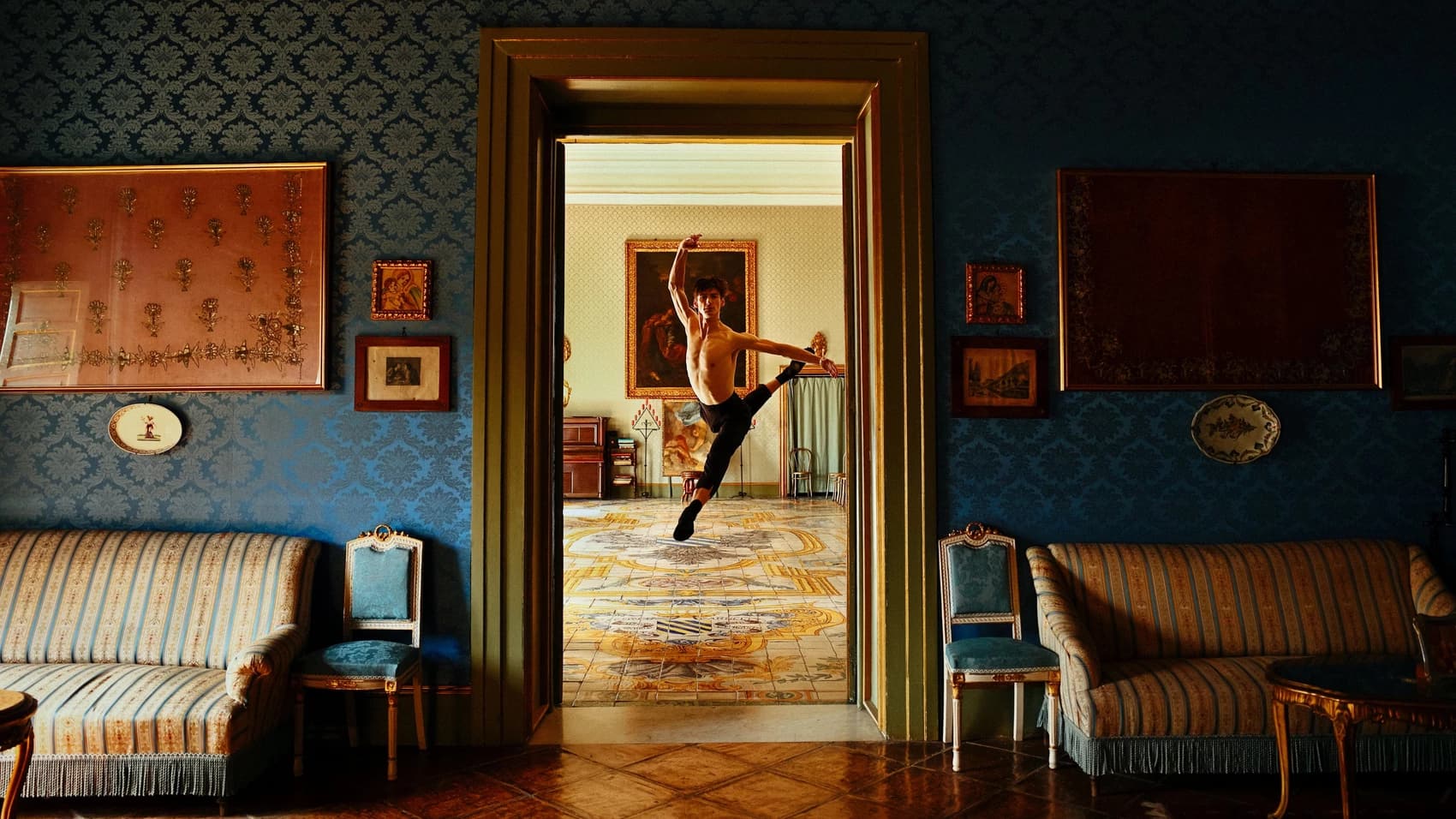
• Canon EOS R6 II: Dual Pixel CMOS AF II, EV -6.5, extended subject recognition
• Canon EOS R6: Dual Pixel CMOS AF II, -6.5EV
High frame rates aren’t all you need for a successful high-speed camera – you also need high performance AF. The R6 was already pretty advanced in that respect, with Canon’s latest Dual Pixel CMOS AF II, sensitivity down to -6EV and deep learning AI subject. recognition and tracking.
But the EOS R6 goes further. In addition to the original camera’s body, eye, face, head and animal recognition (cats, dogs and birds), the R6 II can recognize cars, motorcycles, aircraft and trains, and from the animal kingdom it adds the ability to recognize horses and zebras. Zebras? Well, you never know!
It features improved deep learning AI subject tracking. You can choose subject types manually or leave the camera to decide what it’s looking at. You can set left or right-eye tracking, and if the eyes can’t be detected the R6 II will switch to the face; if that’s hidden it will switch to head detection, and if that’s not possible is will recognize the subject’s body.
4. Canon R6 vs R6 Mark II: Image stabilization
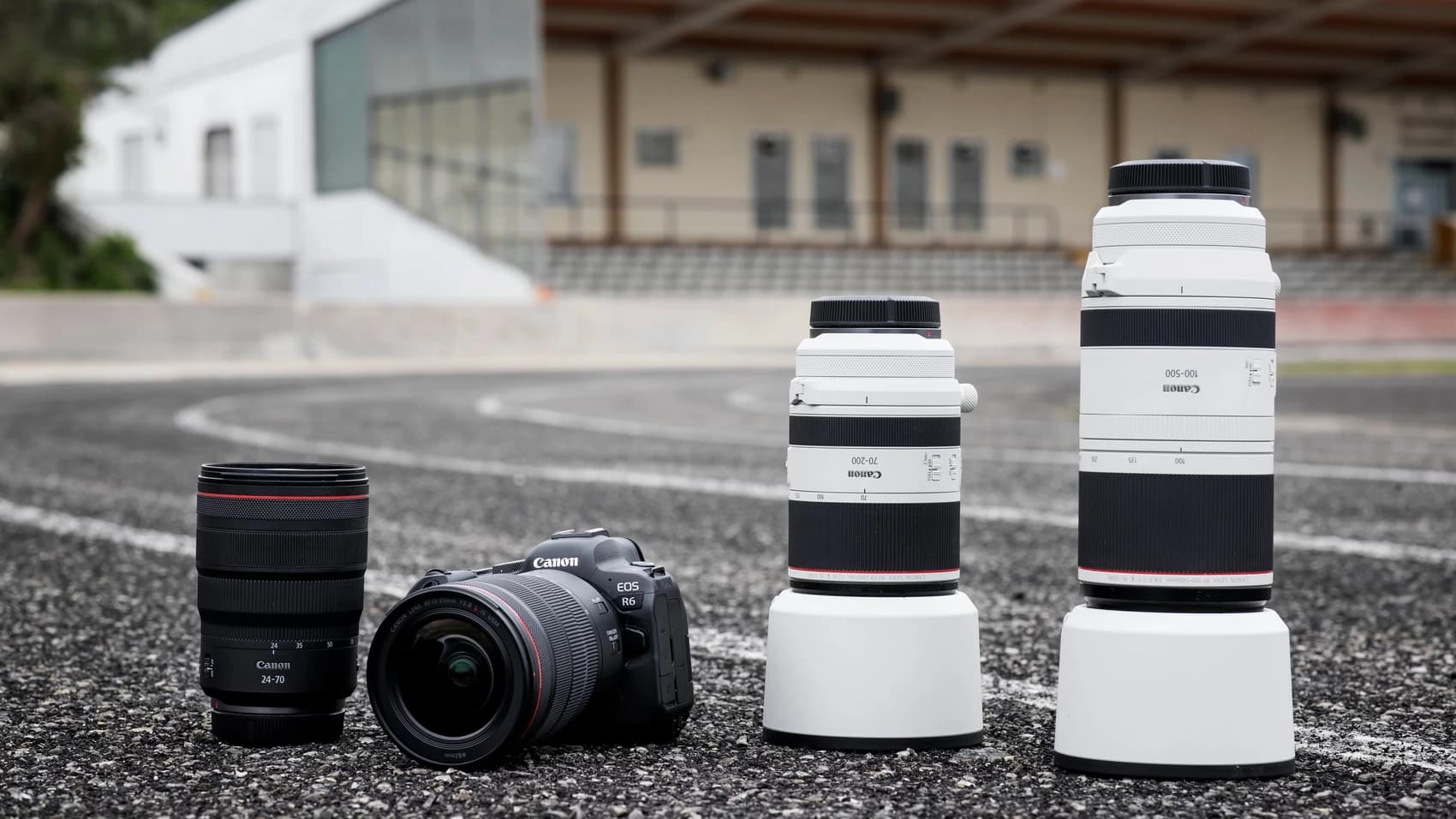
• Canon EOS R6 II: Up to 8 stops
• Canon EOS R6: Up to 8 stops
Canon claims the in-body image stabilization in the EOS R6 II offers the world’s most effective IS performance, with up to 8 stops of compensation with combined lens/body IS and the right lenses. However, the EOS R6 before it also offered up to 8 stops of compensation, so we will assume that this particular feature hasn’t changed.
5. Canon R6 vs R6 Mark II: Video
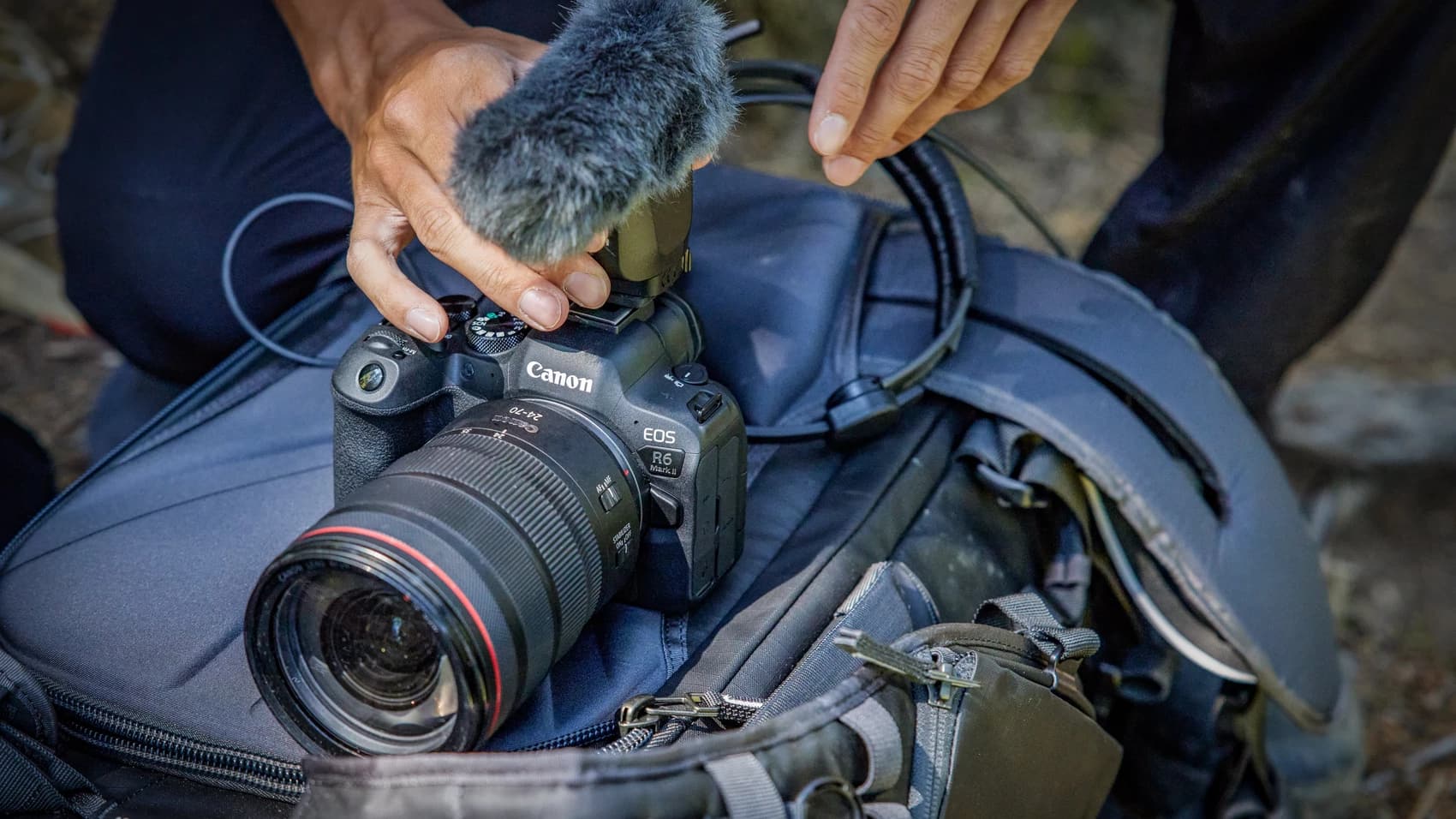
• Canon EOS R6 II: 4K 60p full width, FHD 180fps
• Canon EOS R6: 4K 60p 1.07x crop, FHD 120fps
Canon is billing the EOS R6 II as a professional filmmaking camera, and while the headline specs essentially look the same – full width (or near it) 4K capture at up to 60p – there are some significant differences.
First, the 30-minute recording limit of the R6 has been removed. Second, Canon has improved the circuit design to allow longer recording times, quoting over 40 minutes at 4K 60p, and up to 6 hours at 4K 30p. The R6 II also offers slightly faster FHD capture at 180fps versus the previous camera’s 120fps.
With the R6 II you can output 6K ProRes RAW to an Atomos Ninja V+ and you get focus breathing compensation (just like Sony) with compatible lenses. You can also use the R6 II as a webcam on a PC or a Mac without any additional software.
6. Canon R6 vs R6 Mark II: Design
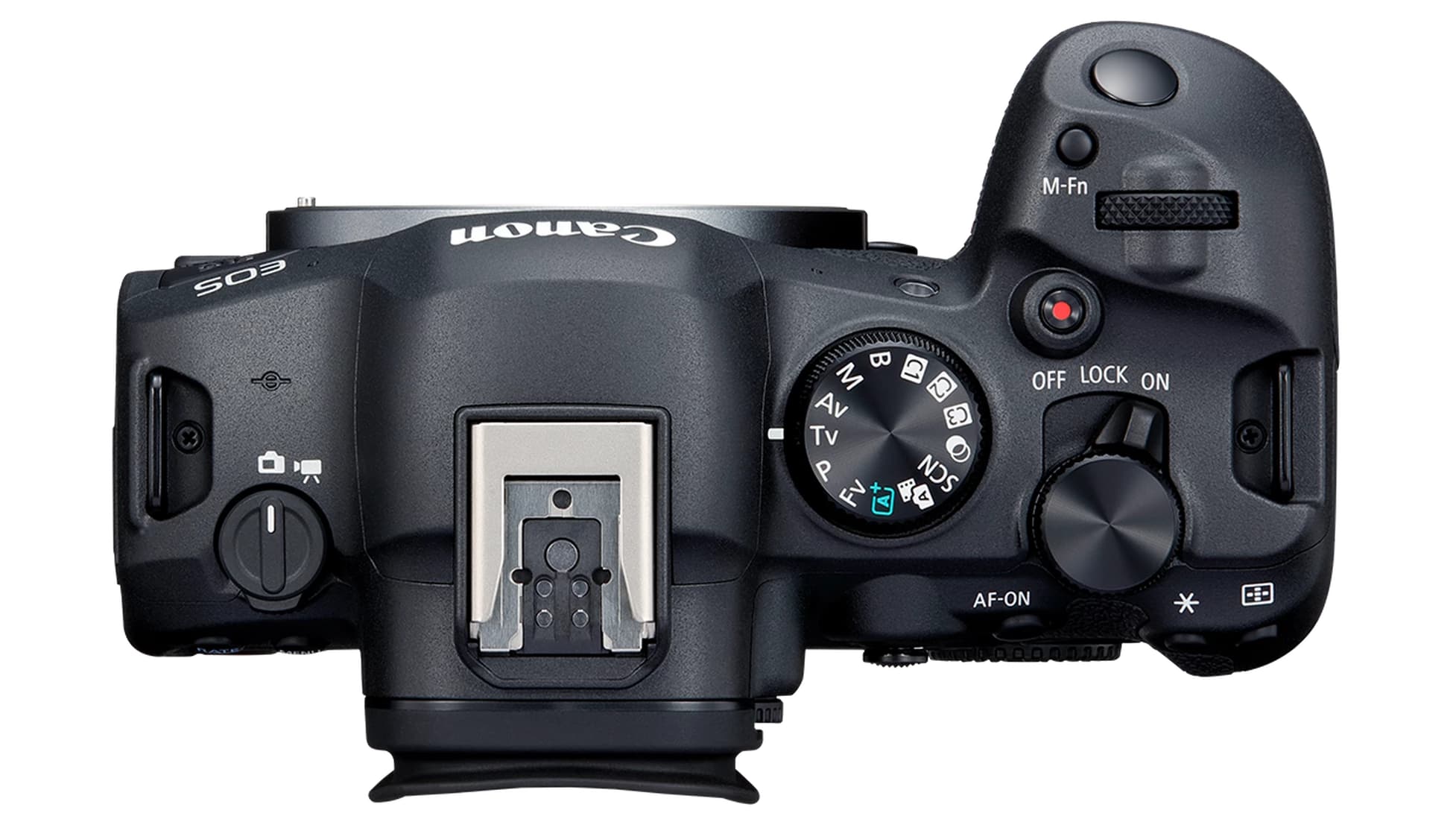
• Canon EOS R6 II: 3.69m dot EVF, vari-angle screen, weather seals
• Canon EOS R6: 3.69m dot EVF, vari-angle screen, weather seals
Physically, the EOS R6 II and R6 are largely indistinguishable. They both have dust and weather sealing, they both have a 3.69m-dot EVF and vari-angle rear screen and both offer dual SD UHS-II card slots.
They even use the same LP-E6NH batteries and BG-R10 battery grip, though Canon does claim the R6 II offers a 50% improvement in battery life when using the LCD screen.
Canon R6 vs R6 Mark II: conclusions

The EOS R6 II is likely to be much more acceptable to a broad audience worried about megapixels. It’s only 4MP more than the R6 but reaches the baseline resolution most people would expect from full frame. The impact on image quality is likely to be modest, however.
What is more significant for high-speed photography is the doubling of the maximum frame rate to 40fps, the reduced rolling shutter effect and the advances in AI subject recognition and tracking.
Video shooters will see some improvements too, principally to recording times, but also to the maximum slo-mo speed from 120p to 180p. This makes the EOS R6 II even more compelling as a high-speed hybrid stills/video camera.
If you already have the EOS R6, the improvements in the R6 II are modest enough and don’t instantly make your camera obsolete. If you were considering the R6 but put off solely by its 20MP sensor, the EOS R6 II should banish all your doubts!
Best RF lenses
Best full-frame mirrorless cameras
Best Canon flashguns
Get the Digital Camera World Newsletter
The best camera deals, reviews, product advice, and unmissable photography news, direct to your inbox!

Rod is an independent photography journalist and editor, and a long-standing Digital Camera World contributor, having previously worked as DCW's Group Reviews editor. Before that he has been technique editor on N-Photo, Head of Testing for the photography division and Camera Channel editor on TechRadar, as well as contributing to many other publications. He has been writing about photography technique, photo editing and digital cameras since they first appeared, and before that began his career writing about film photography. He has used and reviewed practically every interchangeable lens camera launched in the past 20 years, from entry-level DSLRs to medium format cameras, together with lenses, tripods, gimbals, light meters, camera bags and more. Rod has his own camera gear blog at fotovolo.com but also writes about photo-editing applications and techniques at lifeafterphotoshop.com
